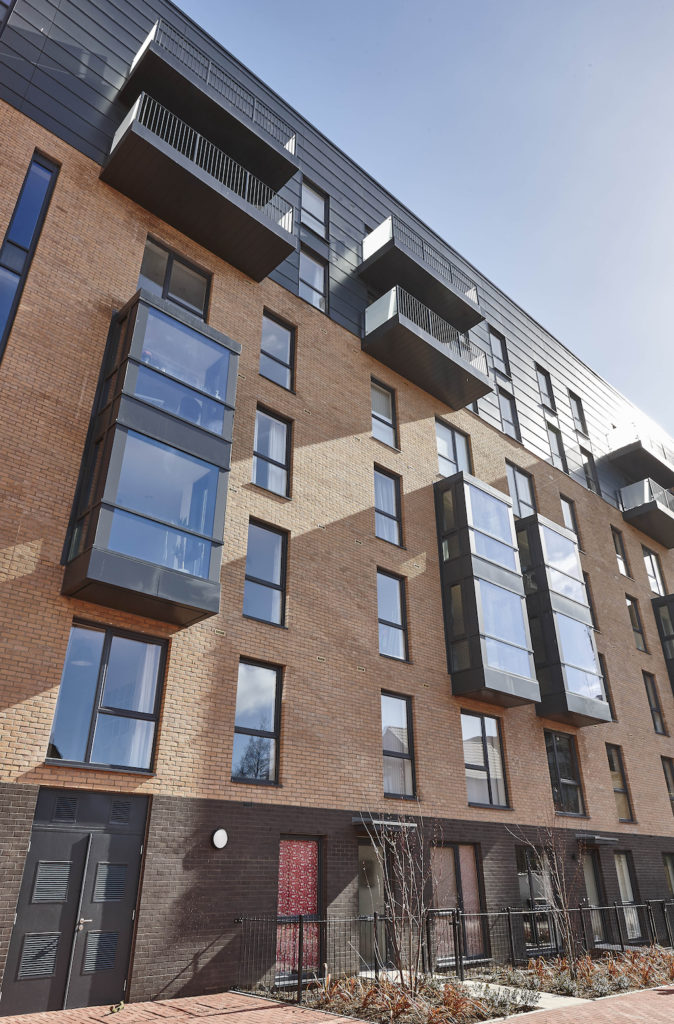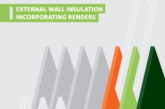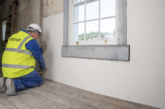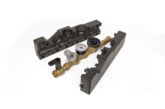 Anna Plesniar, Process Development Scientist at AluK, discusses the application of colours and textures to aluminium windows and doors, and the need to achieve consistency, quality and durability.
Anna Plesniar, Process Development Scientist at AluK, discusses the application of colours and textures to aluminium windows and doors, and the need to achieve consistency, quality and durability.
One of the key reasons why local authority specifiers choose aluminium for their windows and doors is the vast choice of colours and textures available and the durability of the finish that can be achieved. Specifiers know that they can basically have any colour they want in a range of textures to suit any style of project, with manufacturers offering pretty comprehensive standard ranges on pre-set lead times, as well as the option of any RAL colour to order.
What specifiers need to be aware of though is that, even on aluminium, colour and texture is only skin deep and what really makes the difference in terms of consistency, quality and durability is how that colour and texture is applied to the aluminium substrate.
Every piece of aluminium profile used in windows and doors has to be pre-treated before colour can be applied, and then there are various powder coating technologies, which dictate the performance classification that can be achieved.
In general, the majority of the market uses either a chromium trioxide or less toxic chrome-free chemical anodising process to prepare the surface of the aluminium for powder coating by the systems house. The anodising creates a sealed layer of aluminium oxide, which allows the paint to adhere to the aluminium and provides a good level of durability and corrosion resistance.

Improved paint adherence
For an even better finish however, specifiers can choose profiles from a limited number of suppliers (including Aluk) that are pre-anodised. In contrast to the sealed oxide layer created by anodising, in pre-anodising the oxide layer stays unsealed, and this gives improved paint adherence and better protection against filiform corrosion which can sometimes be associated with powder coated aluminium.
When it comes to the powder coat itself, there are two grades for the powders used in the UK as laid down by Qualicoat, which licenses both paint producers and applicators to ensure consistent levels of quality. Qualicoat Class 1 compliant powders are suitable for the vast majority of UK applications including most residential applications, while Class 2 are generally reserved for high-rise buildings or those subjected to particularly high levels of UV or pollution.
Warranties can be up to 40 years for Class 2 powders and cleaning regimes can be extended from one year to 18 months, representing a considerable potential saving over the long term.
It is worth bearing in mind though that the quality of finish and durability which can be achieved by combining pre-anodising with Class 1 powders is easily equivalent to Class 2 performance, and the upfront savings that this can achieve easily outweigh any longer-term savings in cleaning.
Warranties and accreditations will vary by system, so the best advice is to look for Qualicoat Seaside grading for any projects in a coastal or aggressive environment.









